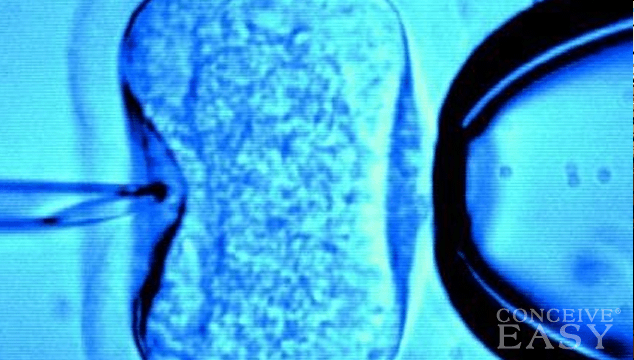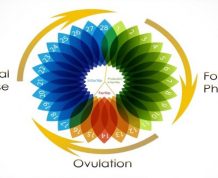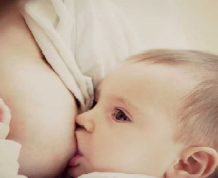If you are trying to have a baby, you might be considering IVF as your only option. It is true that IVF is a safe and relatively successful route to take if you are trying to have a baby. However, for many couples, the sheer cost of IVF makes it inaccessible to their family. Today we are going to talk about a few IVF alternatives that you might want to give some thought to if you are unsure or unready to make the commitment to IVF at this time. Claim Your 20 Free Pregnancy Tests – Click Here

IUI is an option for an IVF alternative. In this treatment procedure, sperm is inserted through a catheter, all the way into a woman’s cervix when she is due to ovulate. This way the sperm do not have to try to make it through all the way to the cervix on their own.
This also eliminates the problem of thin cervical mucus, since IUI will completely bypass that step. A positive about IUI? It is less invasive than other forms of fertility treatment, and it doesn’t have to be used in combination with fertility drugs, although it can be if needed.

GIFT is, in some ways, very similar to IVF, in that the woman will take fertility drugs to stimulate egg production, and the eggs will then be removed from her body. Then male sperm is collected and washed. The eggs then are mixed together with a large number of sperm, but there is no attempt made by a laboratory to fertilize the eggs.
That is where GIFT is different from IVF. The egg and sperm, pretty much, are on their own at that point. GIFT allows conception to happen in it’s natural enviroment, with just a little bit of help, without outside interference. Of course, with GIFT, there is no way to be sure that fertilization will occur.

These are both pretty similar to GIFT in that the woman will take fertility drugs to stimulate her egg production. ZIFT (Zygote Intrafallopian Transfer) and TET (tubal embryo transfer) are both where the eggs are removed and mixed with washed sperm. The difference is that the eggs are fertilized in a laboratory setting. In ZIFT, the eggs are transferred back into the fallopian tubes the day after they are fertilized.
In TET, the eggs are given a few extra developmental days before they are placed in the fallopian tubes. Advocates of ZIFT and TET think that by placing the eggs in the fallopian tubes rather than the uterus, the eggs will follow the body’s path that it naturally takes and will increase the chances of successful implantation, and in turn, pregnancy.
Those are the three most popular IVF alternatives that are used today. Which one you choose to use for your family is a choice that you need to make with input from yourself, your partner and of course, your doctor. No matter what your reason for looking into an alternative treatment other than IVF, you can explore the options and find which one is best for your personal situation.










Comments